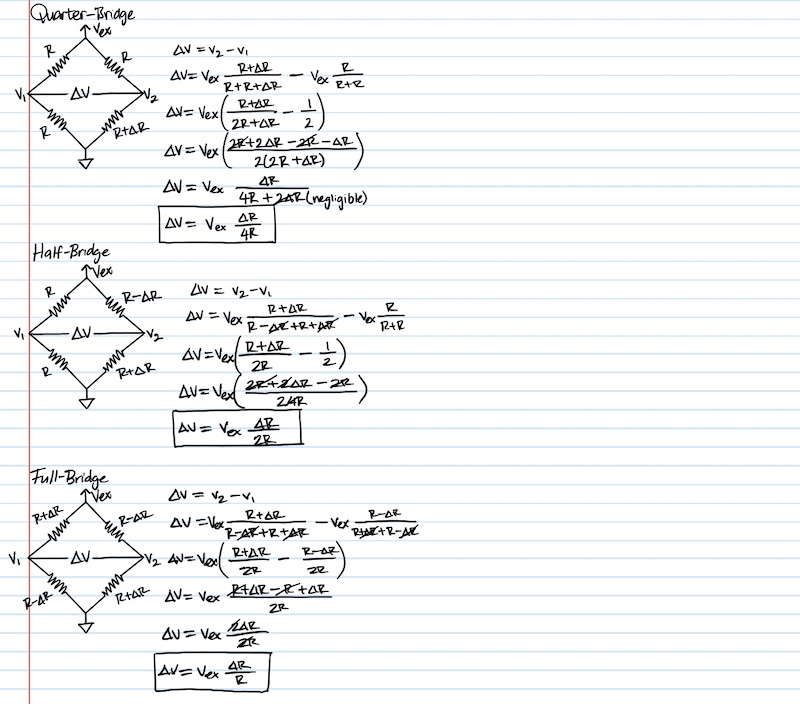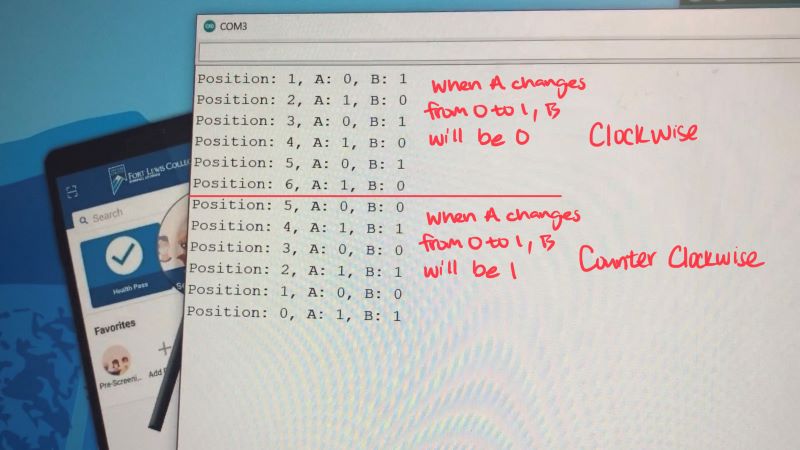
| Materials | Quantity |
| Analog Joystick | 1 |
| Open-Smart Transceiver | 2 |
| Arduino Uno | 2 |
| A4988 Motor Driver | 1 |
| NEMA17 Stepper Motor | 1 |
| HC-SR04 Ultrasonic Module | 1 |
| MPU6050 | 1 |
| Buzzer | 1 |
| Rotary Encoder |
1 |
| Lipo Battery | 3 |
| Bread Board | 1 |
| Lipo Battery Catridge | 1 |
| Jumper Cables | Infinity |

